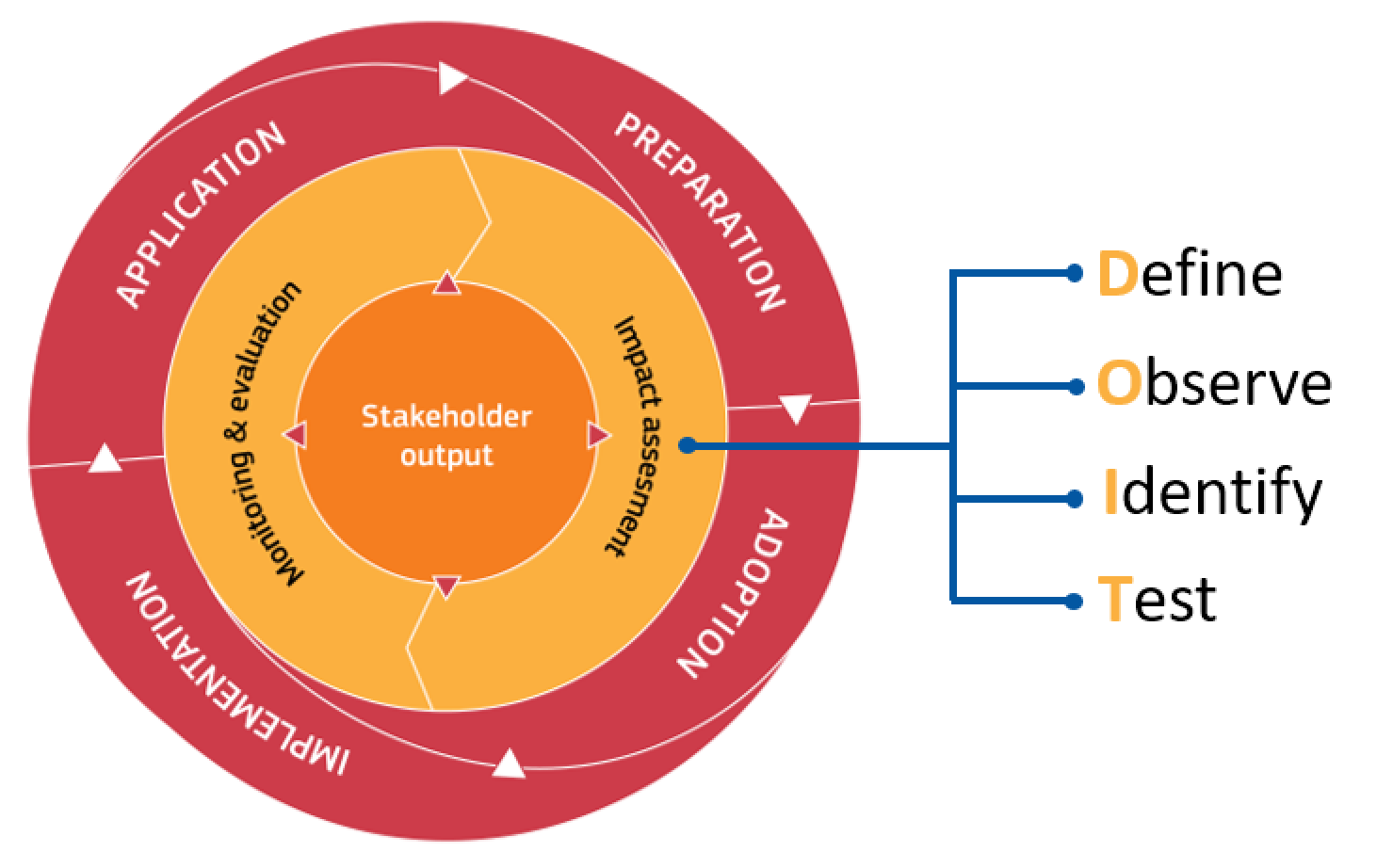Environmental Footprint Methods
Access knowledge and tools to quantify and convey your environmental performance in a reliable way.
CCBI seminar series
The CCBI seminar series features monthly presentations by leaders in their respective research fields. The series covers issues concerning both behavioural insights as a policy tool...
Key publications on Bioeconomy and climate change
Access information from multiple sources on forest-based bioeconomy and climate change.

